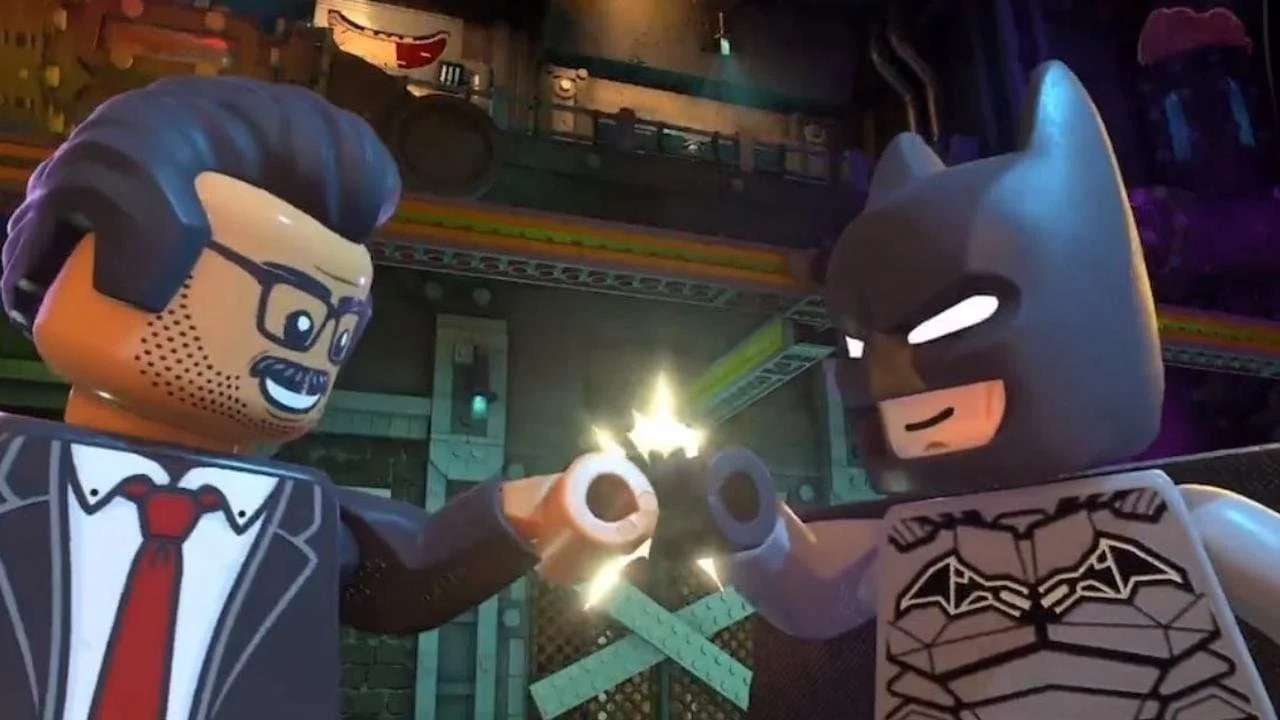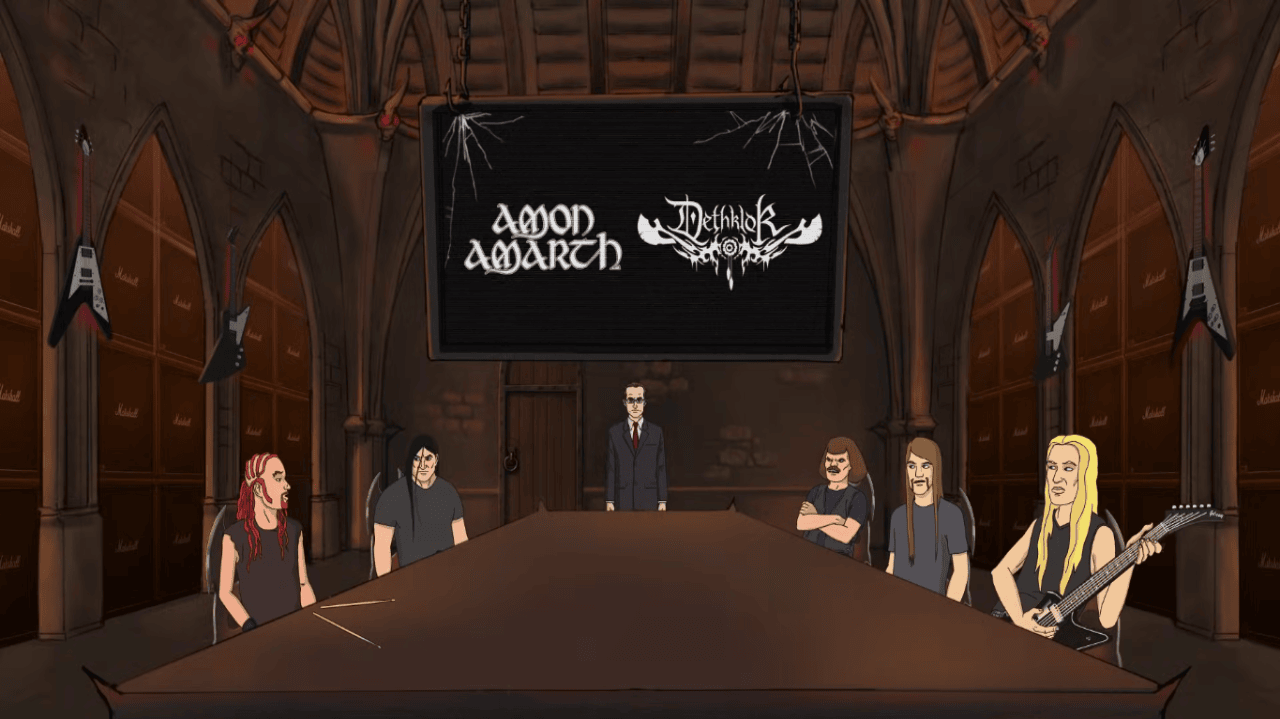Box Office Bombs That Became Cult Classics
Image Source: Coolidge Corner, Yahoo, SYFY, Inc., Medium
What do The Flash, Indiana Jones and The Dial of Destiny, and The Marvels have in common? Yes, they all failed to make their money back at the box office. Big Hollywood films today have production budgets of way beyond $100M. without taking into account marketing, which has an often equally high budget, if not more. The pandemic and the rise of streaming have fundamentally changed the movie business, and it's getting harder and harder for productions to break even.
But box office bombs aren't a phenomenon of recent years, they are probably as old as cinema itself. While such films usually leave public consciousness once they are out of cinemas, some of these financial failures become cult classics years or even decades after their release, with a huge and frantic following.
RELATED:
While there are just too many to mention them all, here are ten movies that got an after-life beyond their theatrical run:
10. ‘The Thing’
Image Source: Parkway Theatre
Year of release: 1982
Production budget: $ 15M
Box office: $ 19.6M
John Carpenter's film about a group of scientists who are trapped in an arctic ice station while an alien lifeform that spreads via blood takes down one after another is seen as one of the best horror movies of all time today. While the special effects may look dated by current standards, the growing claustrophobia and the suspense of never knowing who is infected and who will be killed next still hold up today. While screenings of The Thing nowadays quickly sell out, things looked different more than 40 years ago, when the movie barely made its production budget back but never broke even when taking marketing into account.
9. ‘The Rocky Horror Picture Show’
Image Source: Inc.
Year of Release: 1975
Production budget: $ 1.2M
Feature Films of musicals typically don't do well at the box office (Cats, anyone?), but in this case, it is even harder to pinpoint the initial success of Jim Sharman's movie. It premiered in only a few cities, with success in Los Angeles but hardly anywhere else, and cinemas backing out of showing it at all. Its first week was essentially already its last for a time, with an estimated gross of about just $ 21,000. The predominantly devastating critiques didn't help either, as the film's primary motives of queerness, cross-dressing, and promiscuity were probably just way ahead of its time.
But after this initial failure, The Rocky Horror Picture Show has never left the silver screen. Cinemas around the globe show the movie at least once a year, and totally ordinary people dress up in lingerie and fishnet stockings to sing and dance along by making "just a jump to the left, and then a step to the right".
8. ‘Donnie Darko’
Image Source: The Midnight Special
Year of release: 2001
Production budget: $ 4.5M
Box office $ 517K
The rather complex and depressing film about a teenager who starts to see a six-foot (strange-looking) rabbit and has to prepare for the end of the world after being involved in a car accident was probably too much for an audience who was still in shock after 9/11. Donnie Darko domestically just earned over half a million dollars between October 2011 and July 2003 and only became a cult classic after its home DVD release and its surprising success in the UK. Still, the movie kickstarted the careers of Jake and Maggie Gyllenhaal!.
7. ‘Blade Runner’
Image Source: Variety
Year of release: 1982
Production budget: $ 30M
Box office: $ 27.5M
Ridley Scott's sci-fi film about a police officer who is tasked with hunting human replicants is one of the genre's tentpole films today, but this was different by the time of its release. Harrison Ford, who had risen to stardom after Star Wars and Raiders of the Lost Arc, obviously still wasn't enough of a draw to make audiences flock to the cinemas.
Ironically, its 2017 sequel, Blade Runner 2049, suffered a similar fate, with a production budget between $150 and 185M. and a domestic gross of just $ 92M (but at least a global revenue of $ 267M)
6. ‘The Room’
Image Source: Coolidge Corner
Year of release: 2003
Production budget: $ 6M
Box office: $ 549K
There are bad films, there are very bad films, and then there are the films of Tommy Wiseau. He wrote, directed, produced, and starred in The Room without being able to master any of these trades. Or maybe he is just a genius who just tries to trick us into believing that he is void of any talent. The Room is a deeply surreal and disturbing movie, having been voted one of the worst films of all time. Still, it has become a cult phenomenon over time, spawning a video game, a musical, and even a planned remake (starring Bob Odenkirk). Maybe fans assume the movie to be so bad that it's already good again, but maybe it's just like driving by a terrible accident: you just can’t look away.
5. ‘Fight Club’
Image Source: Radii
Year of release: 1999
Production budget: $ 63M
Box office: $ 37M
David Fincher's allegory about consumerism, anarchism, and mental illness was primarily marketed as an action movie by Twentieth Century Fox, where young adults just punch each other in the face. No wonder it struggled at the box office. The importance of the film was reevaluated after its home video release and is nowadays regarded as one of the most important movies of its decade.
4. ‘Citizen Kane’
Image Source: Thirteen PBS
Year of Release: 1941
Production budget: $ 840K
Box office: $ 680K
Who would have thought that a film the New York Times called "close to being the most sensational film ever made in Hollywood" could fail at the box office? While it did perform well in some larger cities, it was largely ignored in rural areas. This is at least partly because media tycoon William Randolph Hearst, on whom the film's main character, Charles Foster Kane, is based, threatened movie theatres if they showed the film.
3. ‘Willy Wonka And The Chocolate Factory’
Image Source: Yahoo
Year of Release: 1971
Production budget: $ 3M
Box office: $ 4M
Mel Stuart's film about a poor boy who wins a golden ticket to visit Willie Wonka's magical chocolate factory earned mostly positive reviews but hardly any interest from moviegoers. Paramount Pictures was so unhappy with the film's performance that it didn't even renew its copyright, allowing Warner Bros. to acquire the rights and helping the film to become a cult classic due to repeated TV airings.
2. ‘The Shawshank Redemption’
Image Source: Medium
Year of release: 1994
Production budget: $ 25M
Box office: $ 28M
It's hard to imagine that one of the best prison-break movies and probably the best Stephen King film adaptations struggled at the box office, but Shawshank Redemption earned just $ 727K in its first week of release. Only over time and with subsequent re-releases, both in cinemas and on home video, the film starring Tim Robbins and Morgan Freeman earned its rightful place as a cult classic.
Before we come to the number one film, here are some honorable mentions:
· Labyrinth (1986; production budget: $ 25M, box office: $ 12.9M)
· Office Space (1999; production budget: $ 10M, box office: $ 12.2M)
· The Man Who Fell to Earth (1976; production budget: $ 1.5M.; box office: $ 3M.)
1. ‘The Big Lebowski’
Source: SYFY
Year of release: 1998
Production budget: $ 15M
Box office: $ 18.7M
The probably biggest surprise is that the Coen brother's film about a Los Angeles slacker and bowler, starring Jeff Bridges and John Goodman, wasn't an instant success but barely made its production budget back. Like many other films on this list, it only became the cultural phenomenon that it is today over time, even leading to its own religion, the so-called "Dudeism" with more than 600,000 active members.
READ NEXT:
Sources: Buzz Feed, Digital Trends, Watch Mojo, Alot























